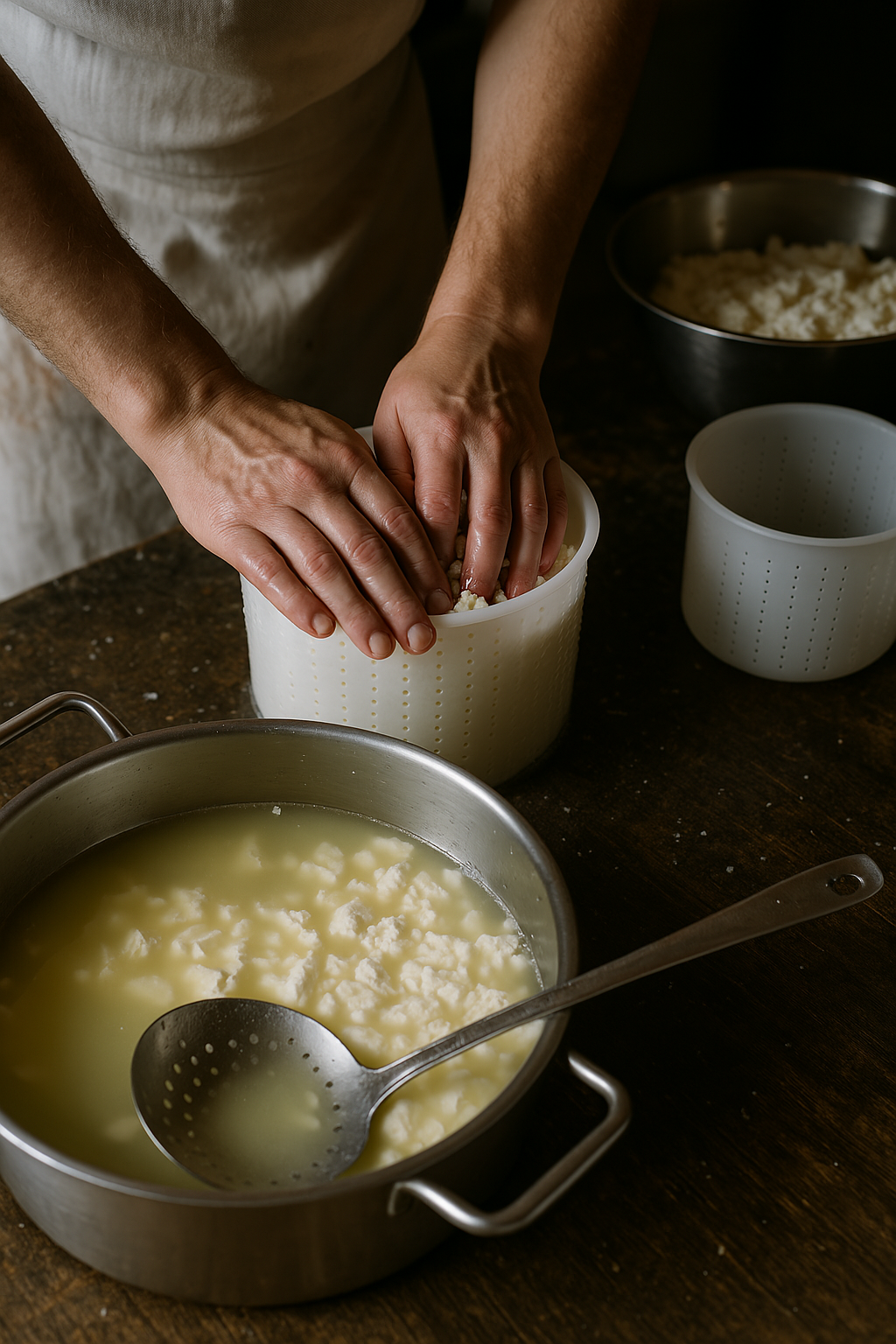Cheese is everywhere—on toast, in pasta, on snack boards, even in desserts. But… have you ever wondered what cheese actually is and how it’s made?
The short answer: cheese is fermented milk. The longer answer? It’s a delicious story worth knowing!
It All Starts with Milk
To make cheese, you need milk. It can come from cows, goats, sheep, or buffalo. That milk contains:
- Fat
- Proteins
- Sugar (lactose)
The goal is to separate the solid parts of the milk (which become cheese) from the liquid (called whey). And to do that, we use fermentation.
What Is Fermentation?
Fermentation means letting friendly bacteria (added on purpose) work their magic on the milk. These bacteria eat the lactose and produce lactic acid, which changes the texture and flavor of the milk.
Sometimes, we also use rennet, an enzyme that helps the milk “curdle” into clumps. This is called curds. We then separate the liquid, and voilà—cheese is starting to happen!
What Happens Next?
Depending on the kind of cheese you want, you can:
- Drain the curds more or less
- Press them or not
- Add salt
- Let them age (which changes the flavor and texture over time)
That’s why there are so many different cheeses—from fresh and soft ones like cream cheese to aged ones like cheddar or strong ones like blue cheese.
So… Is Cheese a Ferment?
Yes, it is! Just like yogurt, kefir, or kombucha, cheese is made thanks to good microbes that transform a simple food into something tastier, longer-lasting, and full of character.
In a Nutshell…
Cheese is what you get when you ferment and transform milk using bacteria, enzymes, and a bit of patience. And the best part? With just a few ingredients, you can even make your own cheese at home.
